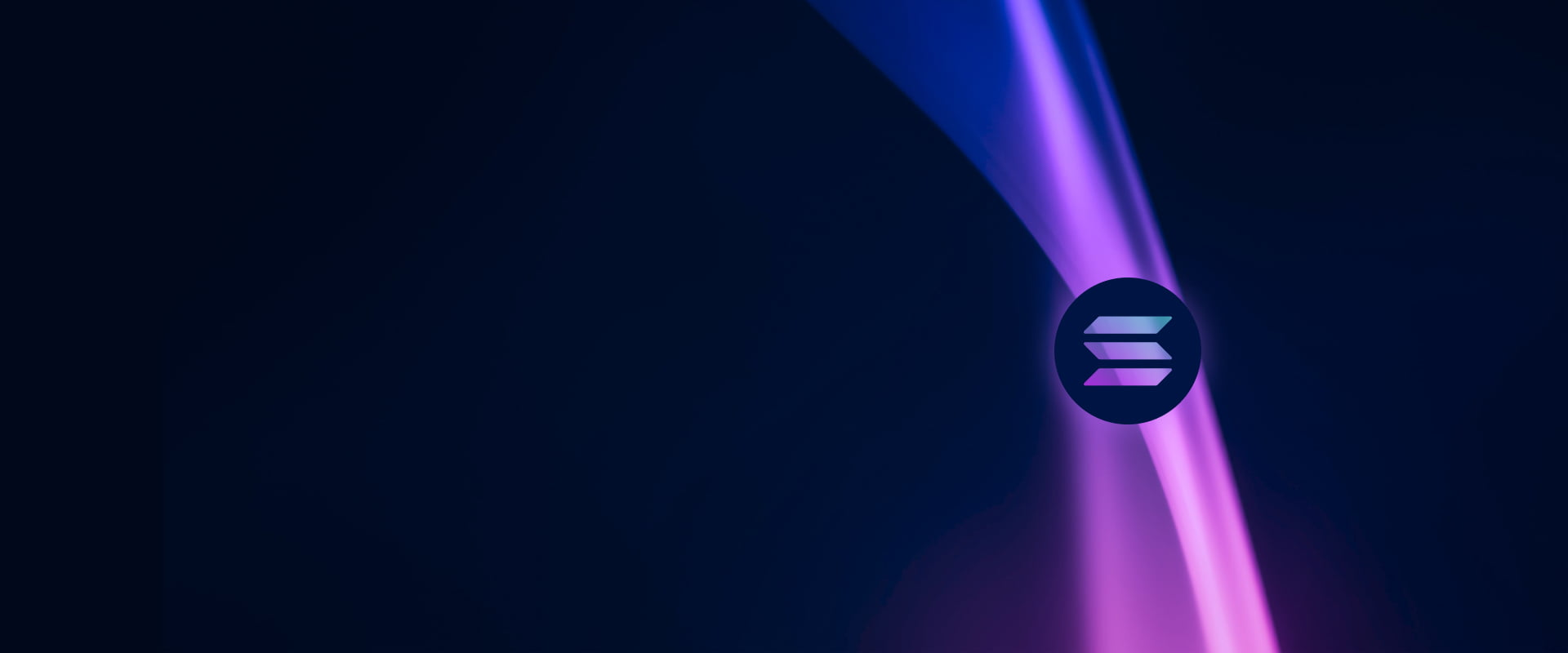- Published on
Unlocking the Power of Blockchain Development with Solana
- Authors

- Name
- Adil ABBADI
Introduction
The world of blockchain technology is constantly evolving, and one of the most promising players in the field is Solana. With its innovative architecture and lightning-fast performance, Solana is gaining traction as a top choice for developers looking to build decentralized applications (dApps). In this article, we'll delve into the world of Solana blockchain development, exploring its advantages, capabilities, and potential use cases.

- Solana's Novel Architecture
- Building Decentralized Applications with Solana
- Solana's Ecosystem and Community
- Conclusion
- Get Started with Solana Blockchain Development Today!
Solana's Novel Architecture
Solana's architecture is built around a novel concept called the "proof of history" (PoH). This consensus algorithm revolutionizes the way transactions are validated and stored on the network. Unlike traditional proof-of-work (PoW) or proof-of-stake (PoS) algorithms, PoH relies on a sequence of timestamps to verify the integrity of the blockchain.
// Example of Solana's Rust API for sending a transaction
use solana_client::{
rpc_client::RpcClient,
transaction::Transaction,
};
fn main() {
let rpc_url = "https://api.devnet.solana.com";
let client = RpcClient::new(rpc_url);
let from_pubkey = "your-pubkey";
let to_pubkey = "recipient-pubkey";
let lamports = 1_000_000; // 1 SOL
let tx = Transaction::new_unsigned(vec![from_pubkey.parse()?></?], vec![to_pubkey.parse()?></?], lamports);
let signature = client.sign_transaction(&tx).await?;
let tx_id = client.send_transaction(&signature).await?;
println!("Transaction sent: {}", tx_id);
}
Building Decentralized Applications with Solana
Solana's high throughput and low latency make it an attractive choice for developers building decentralized applications. With Solana, developers can create fast, secure, and scalable but also cost-effective dApps.
// Example of a Solana dApp built with React and Next.js
import { useState, useEffect } from '@solana/wallet-adapter-react'
import { PublicKey } from '@solana/web3.js'
import axios from 'axios'
function App() {
const [wallet, setWallet] = useState(null)
useEffect(() => {
if (!wallet) return
const pubkey = new PublicKey(wallet.publicKey.toBase58())
axios
.post('https://example.solana/api/interaction', { pubkey })
.then((response) => {
console.log(response.data)
})
.catch((error) => {
console.error(error)
})
}, [wallet])
return (
<div>
<WalletMultiButton />
<main>
<h1>Solana dApp Example</h1>
</main>
</div>
)
}
Solana's Ecosystem and Community
Solana's growing ecosystem is backed by a strong and active community of developers, researchers, and entrepreneurs. The Solana Foundation, a non-profit organization, supports the development and adoption of Solana through various initiatives, such as the Solana Hackathons and the Solana Ambassador Program.

Conclusion
Solana's innovative architecture, fast performance, and growing ecosystem make it an attractive choice for blockchain developers. Whether you're building decentralized applications, decentralized finance (DeFi) platforms, or other blockchain-based solutions, Solana's potential is vast and worth exploring.
Get Started with Solana Blockchain Development Today!
Join the Solana community today and start building the decentralized applications of tomorrow. With this comprehensive resource, you're ready to take the first step into the world of Solana blockchain development.
